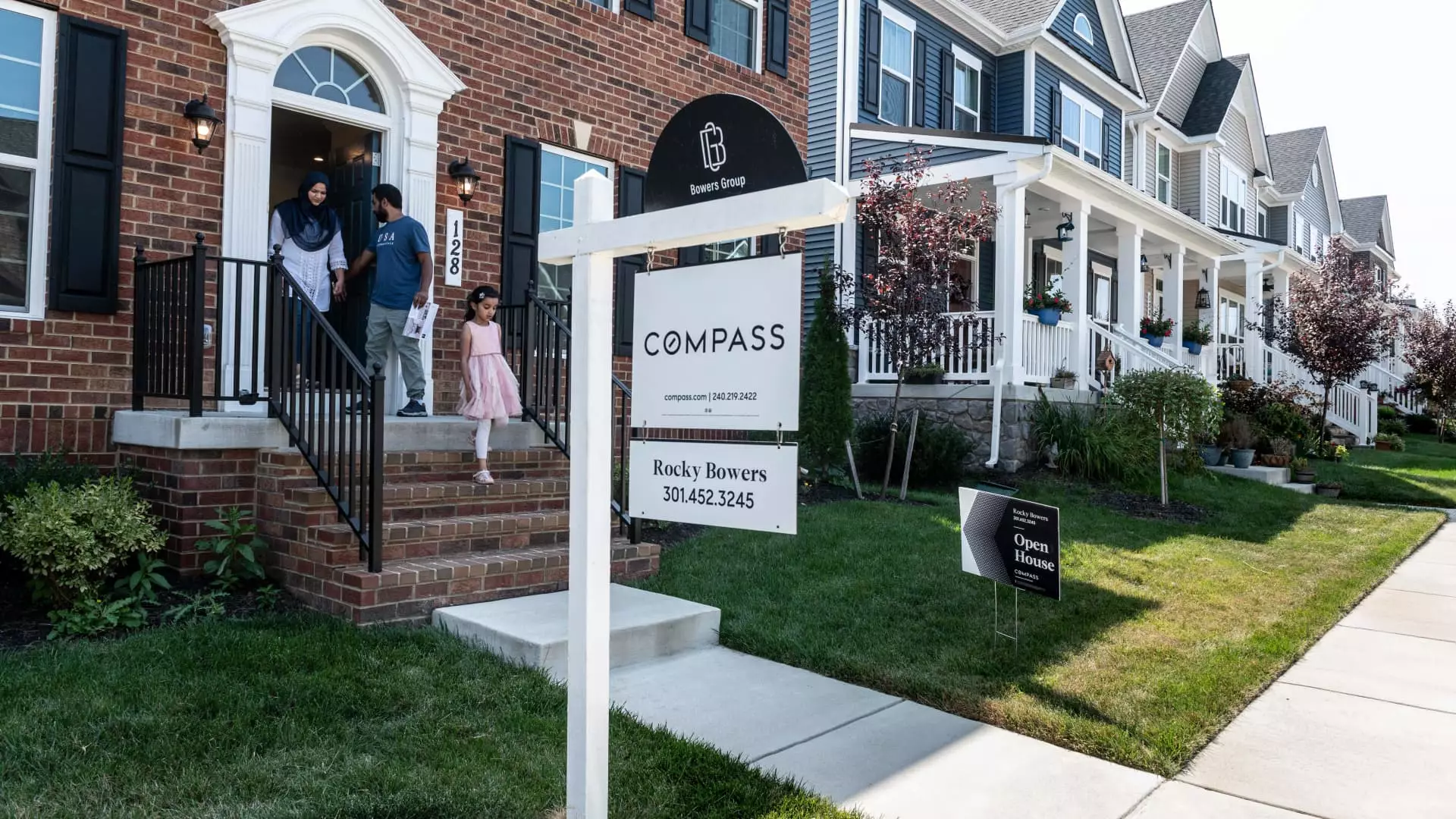The U.S. housing market finds itself in a precarious situation as a multitude of factors converge to hinder affordability and accessibility in home ownership. The compounded effects of elevated mortgage interest rates, dwindling inventory levels, and exorbitant home prices have already set the stage for significant challenges, but recent tariffs on building materials have exacerbated these issues even further. This article aims to peel back the layers of complexity surrounding the housing market and the implications of these tariffs on future construction and home buying.
Affordability has become an ever-pressing issue in the housing market. Post-pandemic, home prices have surged over 40%, outpacing wage growth and prompting concerns among consumers, especially first-time buyers. The S&P CoreLogic Case-Shiller index highlighted a notable 3.8% rise in home prices last November compared to the previous year. With such inflationary pressures, prospective homeowners are not only grappling with high prices but are also left navigating higher borrowing costs, as interest rates have continued their upward trajectory, further complicating financial calculations.
As tariffs come into play, the cost of essential building materials—such as softwood lumber and gypsum—soars, which will undoubtably be reflected in the final price of homes. Jaret Seiberg, a housing policy analyst, indicates that the impact of these tariffs could exacerbate the already dire situation for first-time homebuyers, pushing them further away from home ownership dreams.
The situation is made more precarious by President Trump’s decision to impose a 25% tariff on imported materials, including lumber from Canada and gypsum from Mexico. These tariffs are designed to protect domestic manufacturing but have negative repercussions for the housing industry. According to industry experts, over 70% of the softwood lumber and gypsum utilized in U.S. construction comes from these key trading partners. Consequently, increased costs for these materials translate directly into soaring construction expenses. This financial strain has been articulated by Carl Harris, chair of the National Association of Home Builders (NAHB), who argues that these tariffs deter new developments and inflate home prices for consumers.
Interestingly, while some construction firms may be able to absorb initial tariff impacts, smaller builders—who typically operate with tighter profit margins—are particularly vulnerable. Even larger builders, who source a lower percentage of materials from impacted suppliers, will ultimately see their costs rise, passing these increases onto homebuyers.
In this volatile economic landscape, inflation again rears its head as a critical threat. Rising tariffs may trigger further inflationary pressure, leading to an increase in interest rates. This expectation significantly dampens the outlook for homebuyers who are already facing a compounded burden of high prices and escalating mortgage costs. With both economic and psychological factors at play—such as fears of declining personal wealth and rising consumer prices—potential buyers might struggle to save for down payments while also managing their ongoing living expenses.
The fallout of this economic shift may also extend beyond just homebuyers. Current homeowners may see less ability or inclination to move, stalling transactions that would normally contribute to a vibrant housing market. Decreased mobility within the market further saturates the inventory shortages, maintaining upward pressures on pricing and consequently denying emerging buyers their chance at home ownership.
The ramifications of these economic changes are felt throughout the construction sector, which is currently wrestling with a labor shortage. The Trump administration’s policy of mass deportation of undocumented workers has exacerbated this issue, with a significant portion of the labor force in construction being composed of immigrant workers. Bruce McNeilage, a developer, underscores the absurdity of running off capable workers without any alternative labor pool. The intersection of labor shortages with rising costs creates a perfect storm, rendering the completion of new construction projects increasingly difficult.
In light of these compounding challenges, many industry leaders are advocating for reevaluated policies. The NAHB has urged the Trump administration to reconsider the imposition of tariffs on building materials, suggesting that such measures contradict the administration’s stated goals of enhancing housing supply. Failure to adapt in response to the realities facing builders today could threaten the already shaky foundation of the U.S. housing market.
In this critical juncture, the intersection of economic policy, labor dynamics, and housing demands creates a kaleidoscope of challenges that stakeholders must navigate. Only by fortifying supportive policies and driving home affordable housing initiatives can we hope to mitigate the adverse effects wrought by escalating tariffs and rising costs, ultimately fostering a healthier housing market moving forward.

